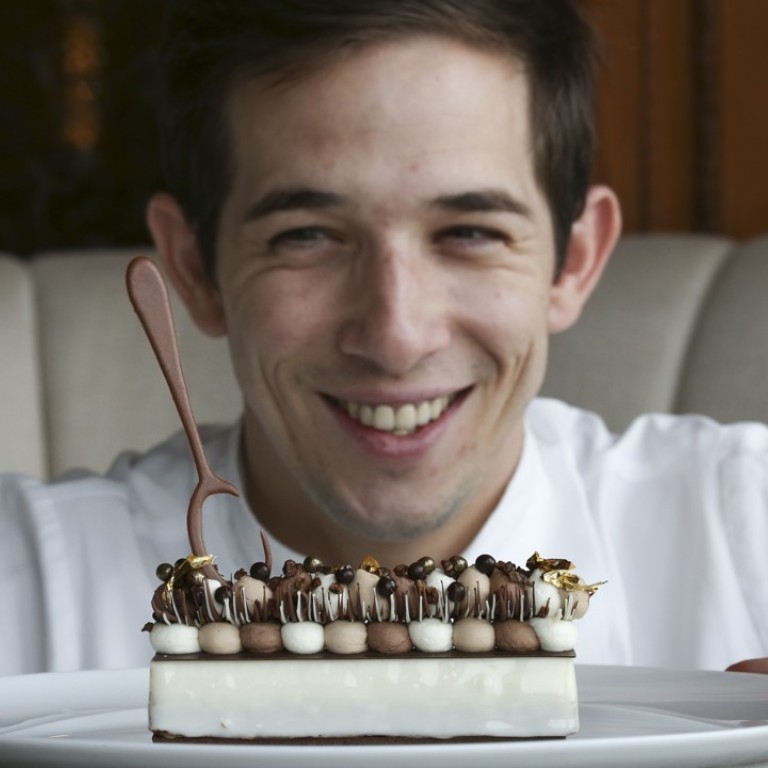
Hong Kong restaurants adapt to Instagram food porn craze
Social media is changing the Hong Kong food scene, with some star chefs and restaurant chains adapting their menus to satisfy Instagrammers, and picking up free publicity in the process
In less than two years, Four Seasons Hong Kong hotel pastry chef Nicolas Lambert has picked up 56,000 followers on Instagram. His cakes and pastries look so pretty and intricate it’s no wonder people all over the world are drooling over them. He admits he had not previously paid much attention to social media.
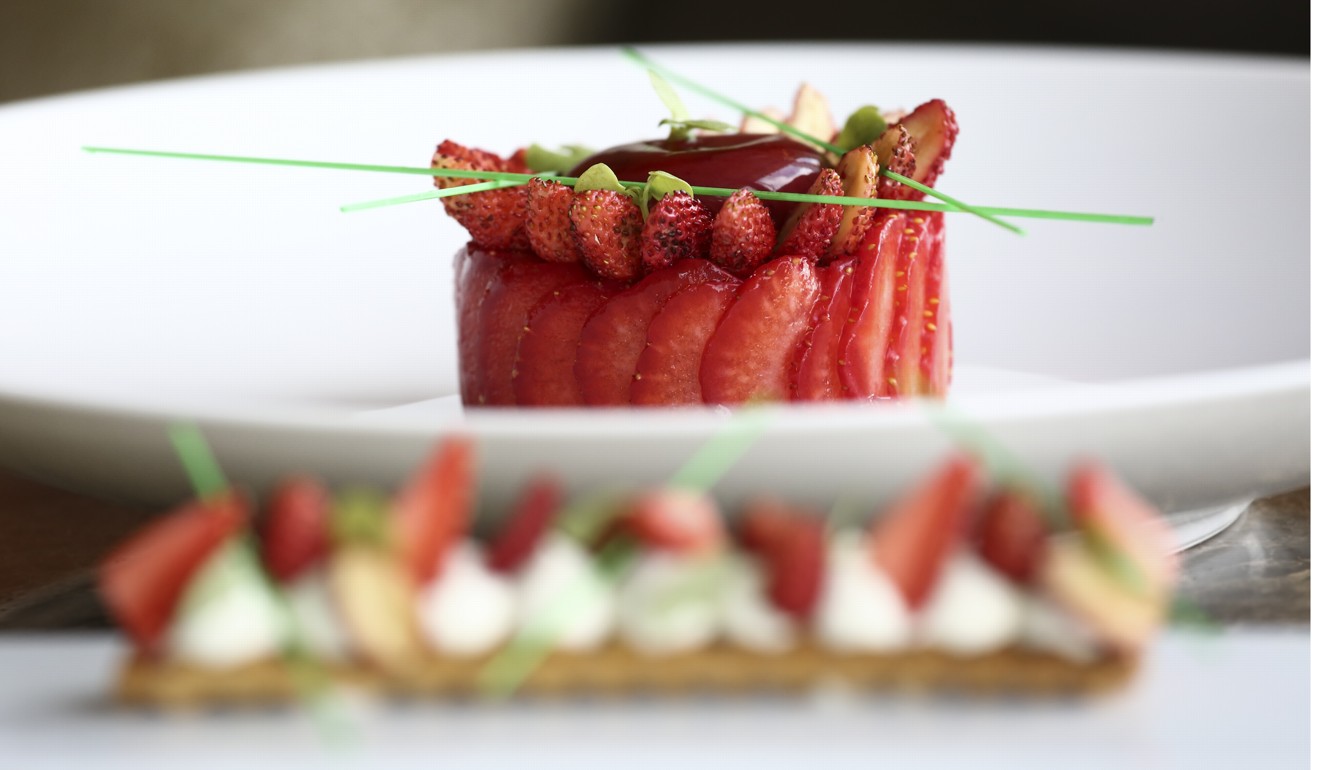
“Our social media manager told me that Hongkongers love to share food pictures, so we started the account,” Lambert, 29, recalls. “At first I posted a picture every 10 days, and then once a week. After six months, it was once every three days, and now it’s every two days.”
Food for thought: how Instagram is changing the restaurant business
The five-star hotel – along with any tuned-in restaurant around Hong Kong – is well aware of the marketing power of social media, and in particular, the huge popularity of the so-called food porn craze on Instagram. It may, or may not, make or break a restaurant, but customers’ photos of delectable dishes, with relevant hashtags, can be a viral source of free marketing.

Lambert is as particular in taking photos as he is in creating mouth-watering desserts. He doesn’t use filters because guests want their meals to look exactly the same as those on his Instagram account, he says.
He is constantly thinking ahead, spending about 30 minutes every day taking pictures of his culinary creations, or making videos of himself decorating a dessert.
A post shared by Nicolas LAMBERT (@nicolas_lambert) on Feb 16, 2017 at 2:27am PST
Still, not all his posts are aimed at earning the approval of diners – some are shots of him hiking, eating at other restaurants or playing with his dog.
“I’ve had guests who come to Caprice and when they see me they say, ‘Your dog is so cute!’ At first I was surprised because I haven’t met them before. But then I realised, it’s because they have seen pictures of him on my Instagram account,” Lambert says.
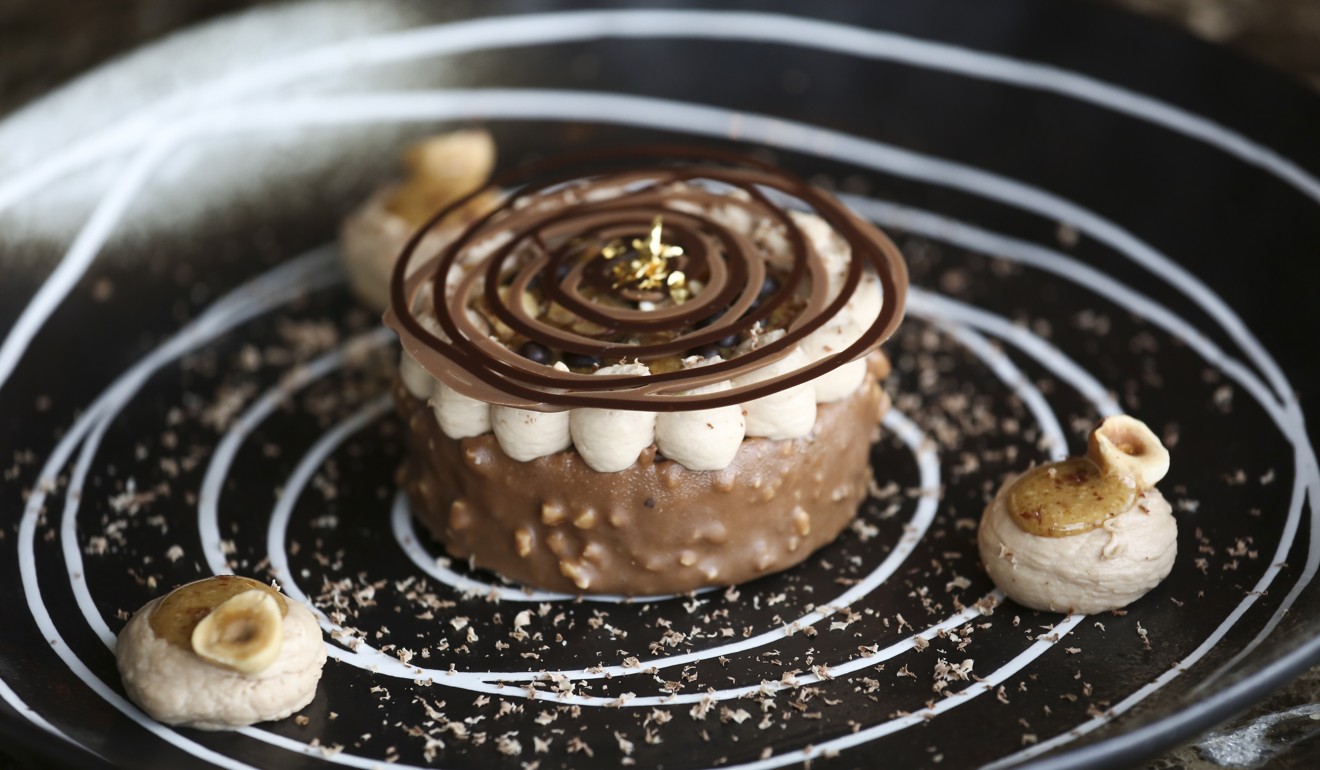
He noticed that he gained many new followers after a community of culinary professionals, under the banner @ChefsTalk, started liking his pictures. Before long he was seeing 200 to 300 more likes on each of his posts.
We have customers who come in and don’t look at the menu. Instead they point to their phones
Along with growing popularity on Instagram came greater pressure to live up to expectations. In order to regularly update his account, Lambert feels the need to constantly dream up new dessert ideas. “Hongkongers like new things all the time. In France, when we make desserts, we change them probably twice a year,” he says. “Now that I’ve had this Instagram account, I’ve created 280 different products.” One fan has posted photos of all 280 creations on the photo-sharing app.
A restaurant chain that has zoomed in on the power of social media as a marketing tool in designing its menu is Yum Cha HK. The chain, with three branches in the city, is known for its bestselling hot custard molten buns.
The orange buns, decorated with cartoon eyes, feature in a video the restaurant made, in which a chopstick is used to poke a mouth into the bun, until it oozes hot custard. Many customers have made their own versions of the video and tagged the restaurant, enticing others to visit and do the same.
“We have customers who come in and don’t look at the menu. Instead they point to their phones and say they want to order these dishes,” says Adwin Lau Heung-wing, senior marketing manager.
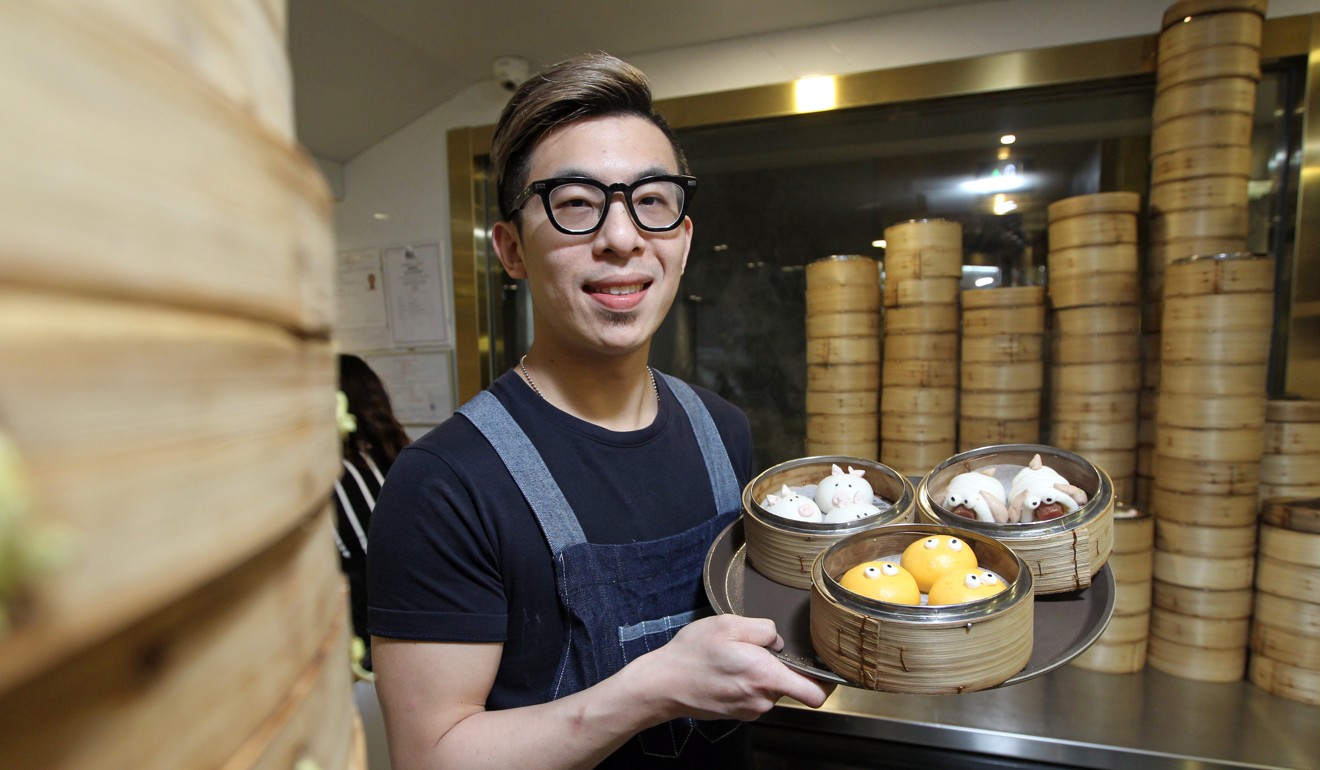
The reaction to Yum Cha on social media, and numerous photos posted by customers, means that the contemporary Chinese restaurant hasn’t had to buy print adverts in traditional media.
“We’ve only been open for a year and a half, but we already have over 5,000 likes on our Facebook page. And on Instagram people like to tag us, so many people can see their pictures,” he says.
A post shared by Fatty (@foodie_or_fatty) on Jul 4, 2017 at 9:18pm PDT
Yam Cha executive chef Winson Yip Chun-man admits he puts a lot of thought into the presentation of a new dish, but says: “We don’t want the taste to be too crazy. We want our dishes to have a traditional taste so that older guests and children can eat them too. It’s not just for young people.”
Yum Cha was also most likely one of the first Chinese restaurants in Hong Kong to introduce gimmicky, photogenic dishes for special occasions. It offered pastry-wrapped char siu resembling fingers, and decorated with sliced almonds for finger nails, at Halloween, while they offered a dish looking like a snowman for Christmas.
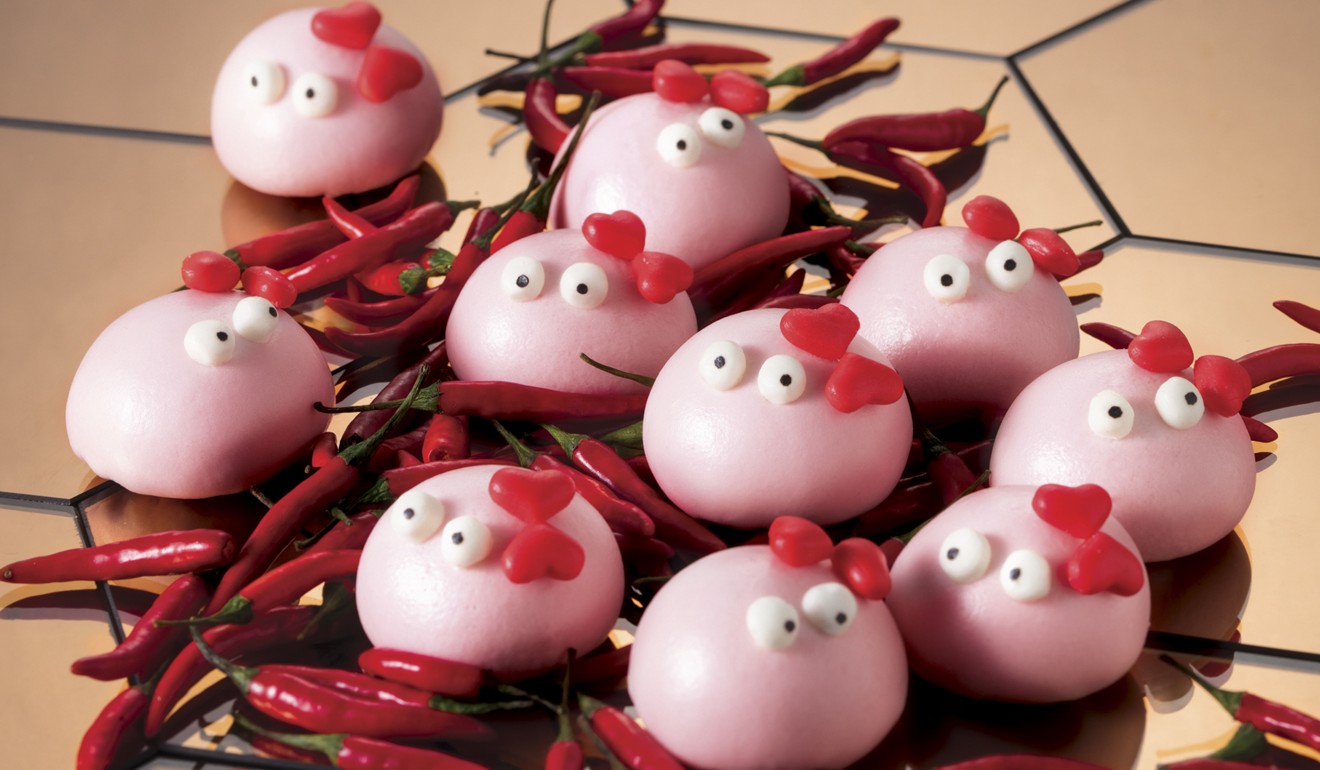
With branches in Central and Tsim Sha Tsui, it opened a third restaurant in May in Langham Place, Mong Kok. For the new location, Yip created a new, pink bun – also with eyes. It has a spicy filling that includes Sichuan peppercorns.
“It’s not just me thinking of ideas, there’s a group of us and it’s teamwork,” Yip says. “We ask each other if they think it’s good enough to put on the menu.”
Lau acknowledges that social media has changed the food and beverage culture in Hong Kong. “We don’t just do traditional public relations, but also social media, and because of exposure we’re also fielding inquiries from regional media. [Japanese broadcaster] NHK has approached us for an interview,” he says.

Vicky Cheng, chef and owner of Chinese/French restaurant VEA in Central, uses his personal Instagram account to show his family and friends what he’s been up to.
The restaurant has its own Instagram and Facebook accounts, which his wife and marketing team manage, respectively, though Cheng will sometimes post information about restaurant-related promotions to his personal account.
Eight Instagram accounts for foodies and photography lovers
“If I want to attract more guests, sometimes we will announce a guest chef is coming in,” he says. “But when I do that [on my personal Instagram account], it’s just because I’m just proud and happy it’s happening.”
A post shared by Vicky Cheng (@chefvickycheng) on May 13, 2017 at 8:18am PDT
When it comes to designing a new dish, Cheng is adamant the presentation needs to be spot on, whether or not diners will post photos of it on Instagram.
“Do I create food so that it’s photogenic? Not really. I always create food that is flavour first, then presentation,” Cheng says. “I tell my cooks, it can look like a masterpiece but if it doesn’t taste good, it’s pointless. If it tastes amazing, then it’s easy to manipulate it to look good. But you can’t really go the other way.”
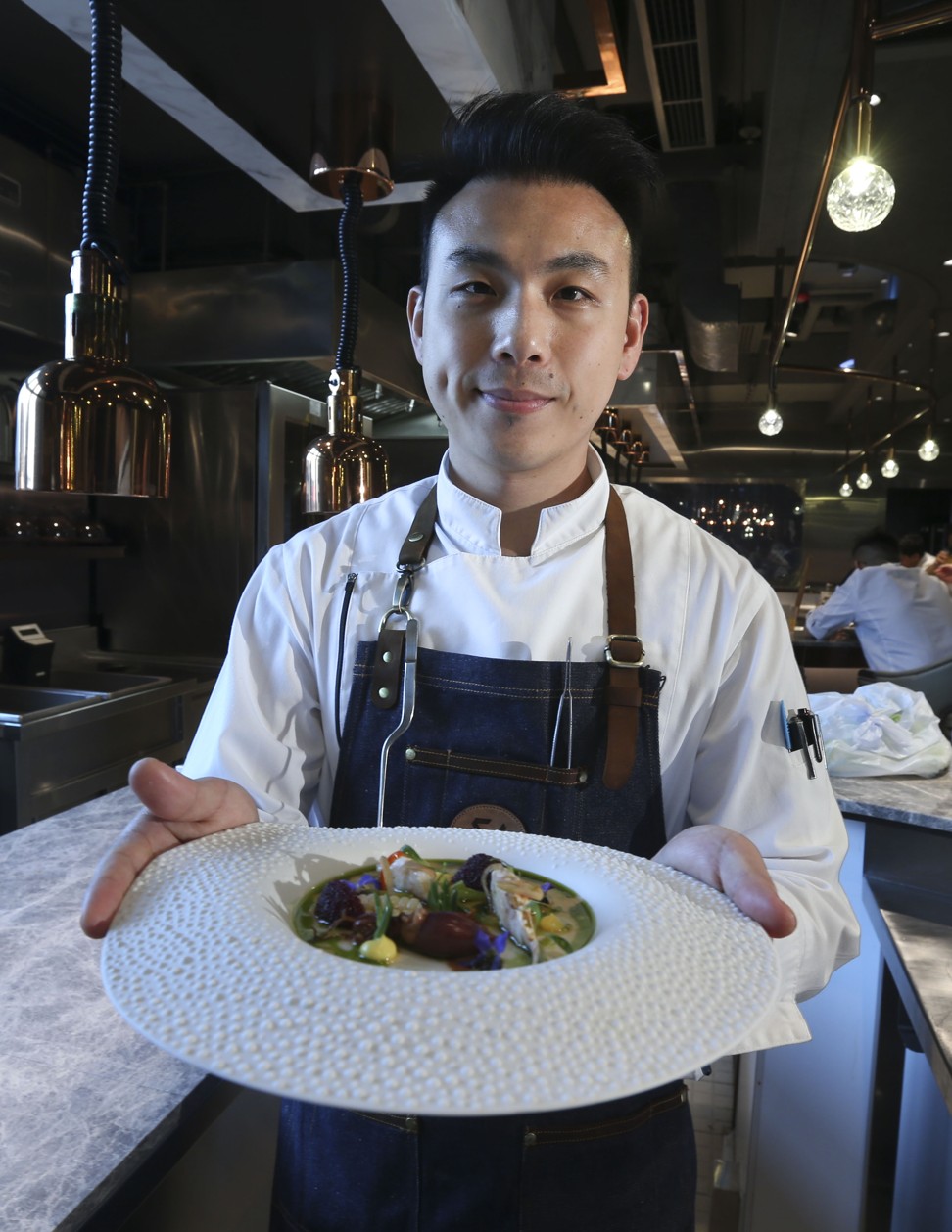
Food writer Yu Yat-yiu says there are bound to be food lovers following chefs or restaurants on social media who will be keen to dine at the establishments, if they haven’t already.
Before, chefs would just stir-fry vegetables, but now they have to think how to make it look nicer because it’s all about likes
“Social media allows customers to have direct contact,” Yu says. “They can make comments on the food – there wasn’t this kind of platform before. From there they can get more information and decide whether to go or not.”
Yu believes the food porn phenomenon is part of a wider lifestyle trend, in which social media users are also browsing photos on topics such as exercise, beauty, health and gadgets.
“As food writers, we’re actually trying the food and if it’s good, we post about it – we aren’t showing off,” Yu says. “But consciously people on social media are looking to follow a lifestyle. There are some people who use social media to prove they did something or ate something, regardless of whether it tasted good or not.”
A post shared by Vicky Cheng (@chefvickycheng) on Mar 10, 2017 at 5:36am PST
Yu has noticed that non-local chefs in Hong Kong are more conscious about the food pictures they post because they regard social media as a portfolio of their work. Most Chinese chefs, on the other hand, aren’t as concerned.
How the ‘Rich Kids of Instagram’ are spending their summers
Food and travel writer Chan Chun-wai says that even before Instagram was launched, in 2010, Chinese fine dining restaurants had to adjust the presentation of their dishes, making them individually plated, like Western food, to please overseas tourists. Now they have to try even harder.
“Before, chefs would just stir-fry vegetables, but now they have to think how to make it look nicer because it’s all about likes,” he says. As a result, social media has changed the way people look at food – viewers may judge a dish just by the way it looks.
A post shared by Nicolas LAMBERT (@nicolas_lambert) on Feb 3, 2017 at 3:35am PST
“There are some Chinese dishes, like braised lamb, that don’t look nice but taste good. However, the presentation will influence whether or not people might be interested in trying it,” he says. “It puts more pressure on chefs to make dishes look good, when they are already trying to strike a balance between being visually appealing and tasty.”
Nevertheless, Chan says, if a restaurant has a good reputation for its fare, it doesn’t need to rely on social media. “If it tastes good, diners will still post pictures of the food,” he says.

